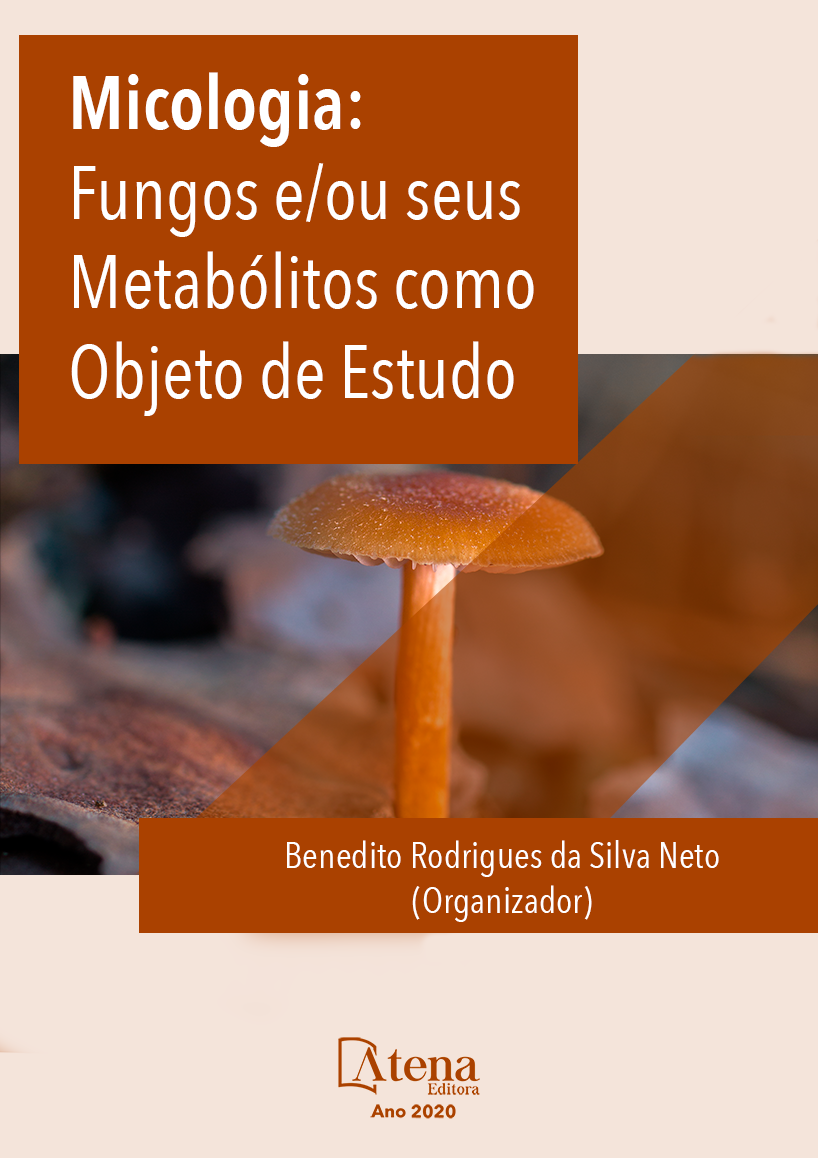
PRINCIPAIS MÉTODOS DE DIAGNÓSTICO LABORATORIAL E DE AVALIAÇÃO DA SUSCEPTIBILIDADE ANTIFÚNGICA DE Candida sp.
Em indivíduos saudáveis, leveduras do gênero Candida fazem parte de microbiota gastrointestinal e genitourinária. Entretanto, em condições favoráveis, estes podem resultar em infecções fúngicas. Devido às diversas manifestações clínicas e dificuldades no diagnóstico e tratamento, as infecções fúngicas representam uma das infecções mais importantes entre pacientes hospitalizados e imunocomprometidos. Apesar de Candida albicans ser a principal espécie associada às infecções fúngicas, houve um aumento na incidência de espécies Candida não-albicans, como C. glabrata e C. krusei, relatadas como menos sensíveis aos antifúngicos. Visto que o tratamento antifúngico varia de acordo com a espécie, a rápida identificação e a avaliação do perfil de susceptibilidade antifúngica podem auxiliar no manejo clínico do paciente com infecção, além de contribuir para o monitoramento de espécies resistentes. O objetivo deste trabalho foi descrever os principais métodos de identificação fenotípica e de avaliação da susceptibilidade antifúngica e, apresentar um fluxograma de orientação visando o rápido diagnóstico em casos de suspeita de infecções invasivas por Candida sp. Entre os métodos de identificação fenotípica, destacam-se os métodos convencionais, ágares cromogênicos e os métodos automatizados, como o MALDI-TOF-MS. Apesar das vantagens da realização do teste de susceptibilidade antifúngica, o teste não é realizado com frequência na rotina laboratorial. A partir da padronização da avaliação da susceptibilidade antifúngica publicada pelo CLSI (Clinical and Laboratorial Standards Institute), diversos métodos foram desenvolvidos para reduzir custos, facilitar e adequar a rotina laboratorial, tais como o E-test, Sensititre YeastOne e Vitek-2.
PRINCIPAIS MÉTODOS DE DIAGNÓSTICO LABORATORIAL E DE AVALIAÇÃO DA SUSCEPTIBILIDADE ANTIFÚNGICA DE Candida sp.
-
DOI: 10.22533/at.ed.61920020715
-
Palavras-chave: Infecções fúngicas, Candida sp., Susceptibilidade antifúngica
-
Keywords: Fungal Infections, Candida sp., Antifungal Susceptibility
-
Abstract:
In healthy individuals, yeasts of the genus Candida are part of the gastrointestinal and genitourinary microbiota. However, under favorable conditions, it can result in fungal infections. Due to the diverse clinical manifestations and to the difficulties in diagnosis and treatment, fungal infections represent one of the most important infections among hospitalized and immunocompromised patients. Although Candida albicans is the main species associated with fungal infections, there was an increase in the incidence of non-Candida albicans species, such as C. glabrata and C. krusei, reported as less sensitive to antifungal agents. Since the antifungal treatment varies according to the species, the rapid identification and the antifungal susceptibility profile evaluation can help in the clinical management of the infected patient, besides contributing to the monitoring of resistant species. The objective of this work was to describe the main methods of phenotypic identification and evaluation of antifungal susceptibility and to present an orientation flowchart aimed at the rapid diagnosis in cases of suspected Candida sp. invasive infections. Among the main phenotypic identification methods, stand out the conventional methods, chromogenic agar and automated methods, as MALDI-TOF-MS. Despite the advantages of performing the antifungal susceptibility test, it’s not often performed in a laboratory routine. After the antifungal susceptibility standardization published by CLSI (Clinical and Laboratory Standards Institute), several methods have been developed to reduce costs, facilitate and adapt to laboratory routine, such as the E-test, Sensititre YeastOne and Vitek 2.
-
Número de páginas: 19
- Izabella Castilhos Ribeiros dos Santos-Weiss
- Regiane Nogueira Spalanzani


